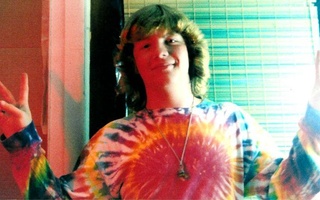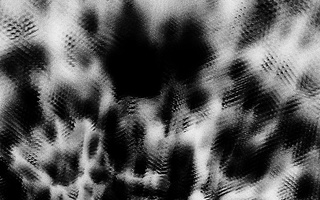“While I was away, I was getting letters from my students saying, ‘You won’t believe what is going on here with this drug business,’” he said. “This was totally unorthodox research, and there was a kind of cavalier attitude about the research that felt inappropriate.”
“They were being strongly urged by the two instructors to participate in the drug sessions,” Kelman said a student told him. “He said out of the 12 students in the class, only he and one other student refused to participate.”
“That’s what made me realize how much it had become legitimized,” he added. “I don’t think this was serious research, frankly, and I think it was an abuse of the authority and power of the faculty members over students.”
According to Kelman, some senior faculty members worried that interfering with the experiment would endanger “academic freedom.” Yet other junior faculty members shared Kelman’s concerns, and some worried about the safety of the experiment. This prompted a dramatic face-off in March 1962 between Leary, Dass, Kelman, and Department of Social Relations Chair David C. McClelland, who served as head of the center that sponsored Leary and Dass’ experiment.
“We had misgivings about the educational implications of what was happening,” Kelman said. “It went against the academic values that we tried to promote in our graduate training.”
In response, Leary and Dass continued to defend their experiments, arguing that they could maintain the safety of their experiments by having a physician on call and asserting the value of research into mind-altering drugs.
Meanwhile, amid this faculty resistance, most of the student participants sustained their involvement in the experiment.
“Many of us felt pressure to perform well, given the criticism of our enthusiasm for this research,” Cohen wrote in an email. “Many of us assumed that faculty and others believed that the drugs would interfere with our academic performance. We wished to prove them wrong.”
“Out of all the drug experimenters of the era, we probably studied the most,” he said.
According to Kelman, the initial faculty meeting discussing the fate of the research attracted “all kinds of people,” even those not involved in the experiment.
“This had become part of the rumor mill of the community,” he said.
Following coverage by The Crimson, other newspapers such as The Boston Globe began reporting on the scandal, escalating tensions and bringing the issue to the attention of University President Nathan M. Pusey ’28. Furthermore, official agencies such as the Massachusetts Department of Public Health began investigating the dangers and validity of Leary and Dass’ experiment.
“It wasn’t a secret that this was going on,” Lattin said.
COMING BACK DOWN
Ultimately, both Leary and Dass left Harvard following the scandal generated by their experiments.
Read more in News
Elizabeth HoltzmanRecommended Articles
-
Laxwomen Blow By B.C., 8-4After playing three key games in the last week, the Harvard women's lacrosse team--ranked second behind Penn State in the
-
Truman Visit Meets DelayTentative plans for ex-President Harry S. Truman to visit the University in the near future have fallen through, it was
-
... When old is said in one and maker mates with madeIN 1960 RICHARD ALPERT was the son of the president of the New Haven Railroad. He was an ambitious Jewish
-
 Harvard, LSD, and the 1960s
Harvard, LSD, and the 1960s -
Quartet of Athletes Commits To HarvardSt. John's Prep has become a recruiting hotbed for Harvard lately.
-
 In Early 1960's, Experiments With Hallucinogenics Caused Major Uproar, Minor Shake-up
In Early 1960's, Experiments With Hallucinogenics Caused Major Uproar, Minor Shake-up













